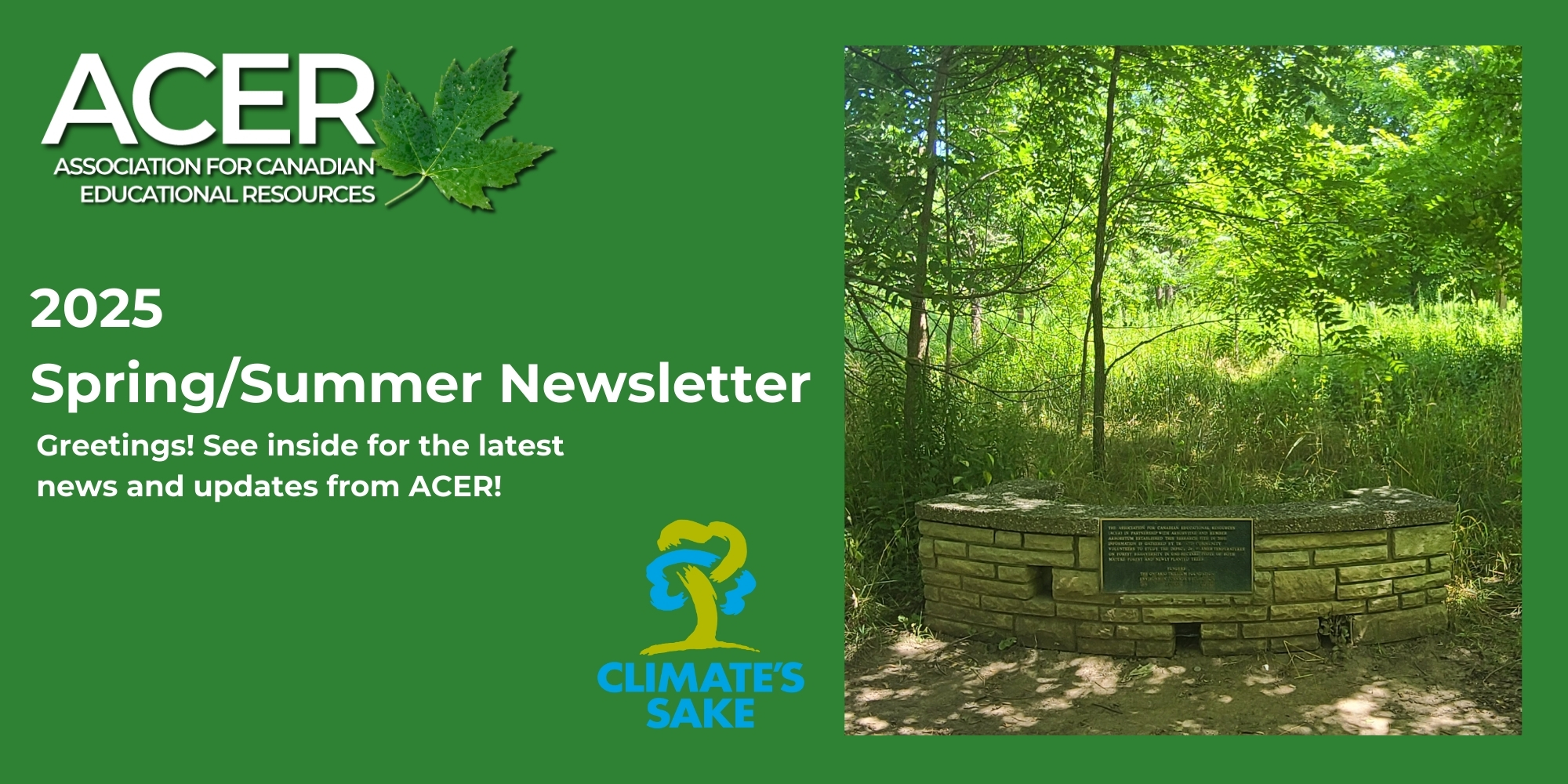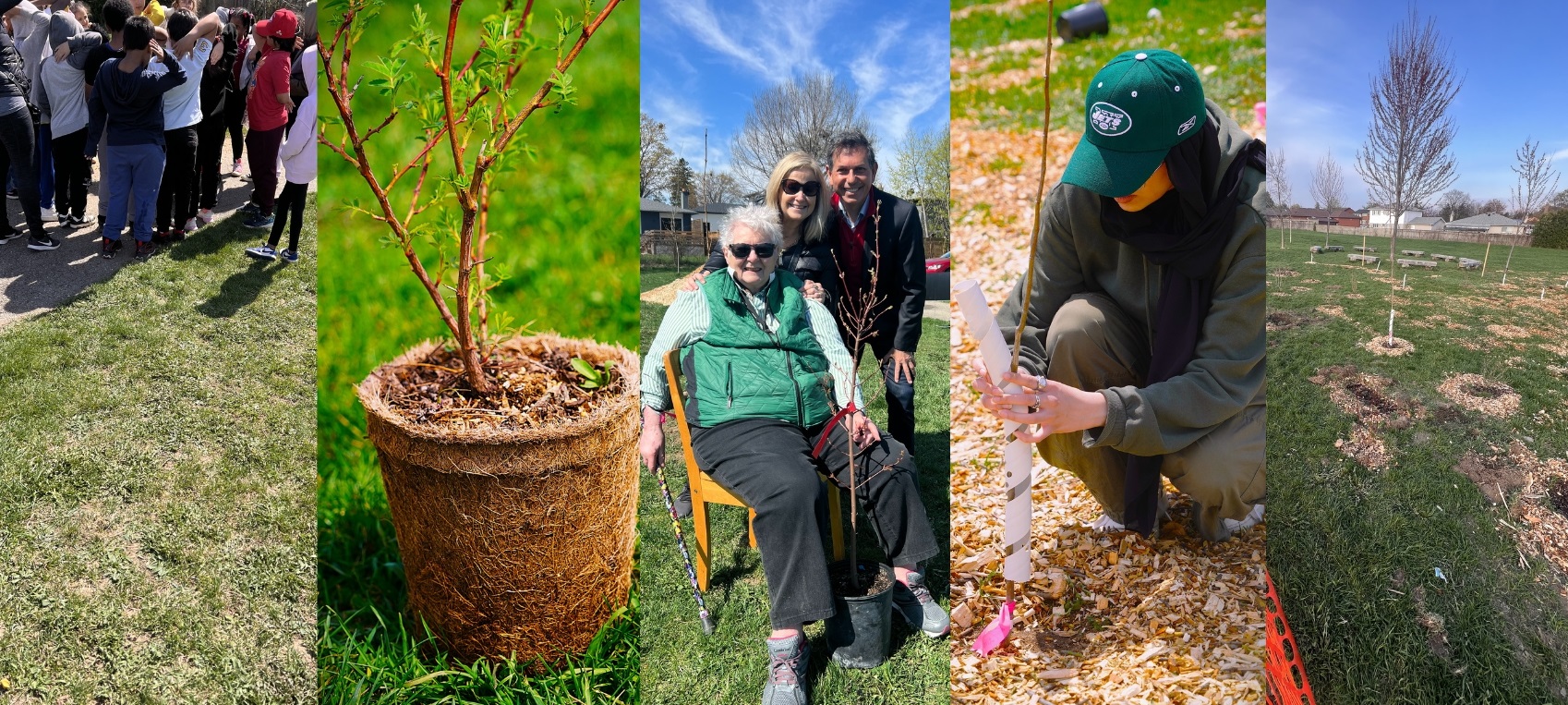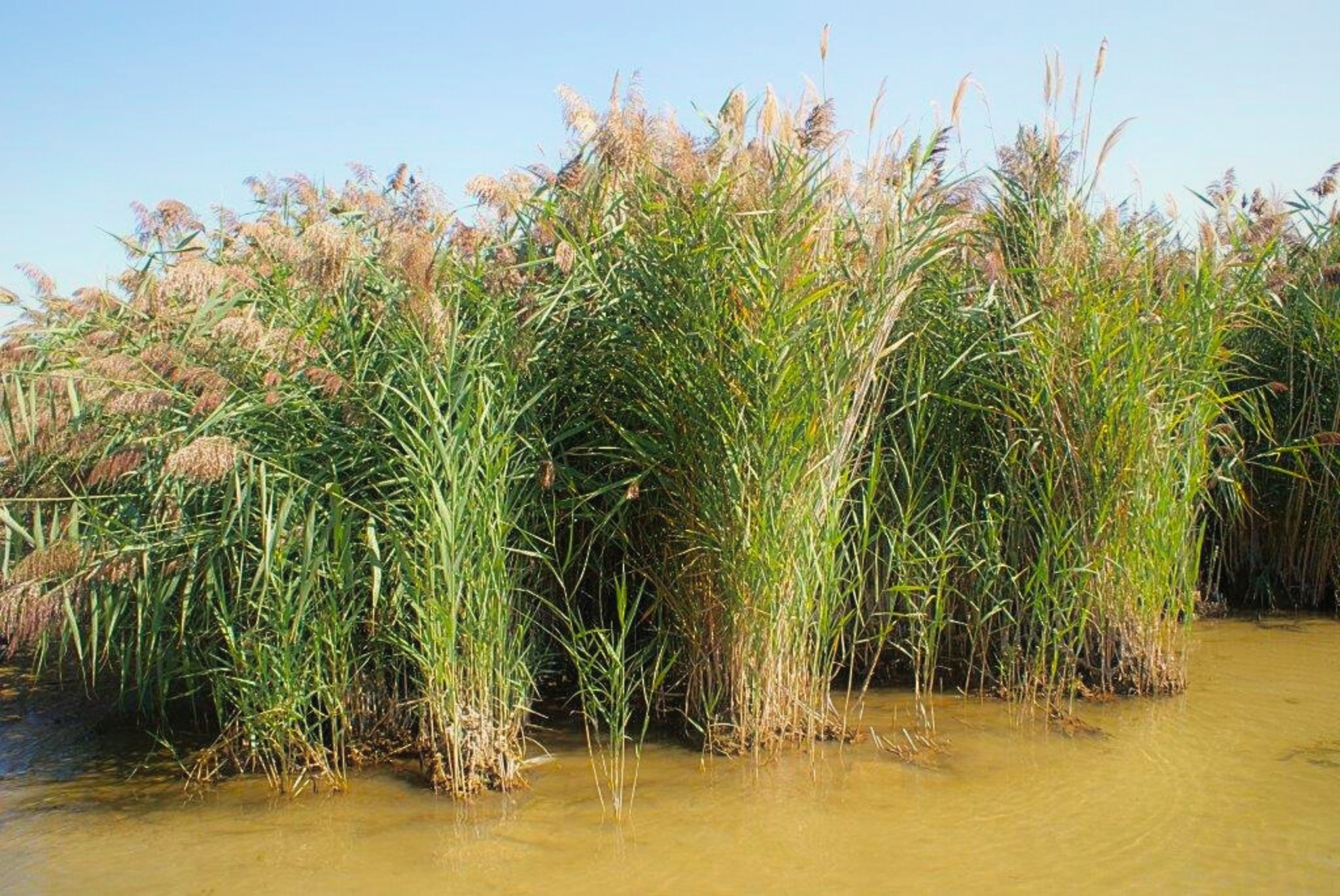Introducing our new "In the Spotlight" series — first up: container gardening!
Traditional garden not an option? Dig into container gardening!
Besides being a great alternative for growing vegetables, herbs, flowers and other small plants when gardening space is limited or the ground isn’t garden-friendly, container gardens help expand green space in urban areas, supporting biodiversity and delivering valuable ecosystem benefits. Read on for more benefits of container gardening, plus tips and useful online resources to help you grow your OWN container garden this summer! And…stay tuned for the next “In the Spotlight” installment, coming soon!
Other Benefits:
- Home-grown vegetables and herbs at your fingertips
- Beautiful blooms that brighten the day and provide food to pollinators
- Fewer weeds and insects to manage
- Easier monitoring of plant health
- Easier access for individuals with strength and mobility issues
- Ability to move containers around to “follow the sun” as it moves during the season (or even the day!) or to protect plants from a storm or heat wave
Tips:
- Choose the right-sized container, especially for vegetable gardens – most vegetables require deeper containers, whereas those with shallow roots, such as lettuces and other leafy greens, grow fine in a shallower container
- Use a light, fertile potting soil to ensure sufficient aeration and nutrients – a balance of topsoil, vermiculite/perlite and compost, or a “soilless” peat potting mix is recommended
- Ensure adequate drainage – a 4 to 6 inch pot will need 3 to 6 drainage holes, while a larger pot will need more (but don’t make the holes too big or you will risk losing soil!)
- Keep water accessibility and wind protection in mind when arranging containers; also consider sunlight exposure – most flowers and vegetables need six-plus hours of direct sun, while others (such as begonias and leafy greens) can grow with less
- Water in the morning, whenever possible and water deeply (or water from the bottom) to ensure the water reaches the roots
- When growing vegetables, do also plant flower containers to attract pollinators
- Ensure proper support for tall, indeterminate or climbing plants via staking, netting, trellising or cages
- Know which plants grow best together, and which don’t!
- Join an online gardening community to share your successes, get more inspiration or troubleshoot issues!
Other considerations:
- Avoid using garden soil – garden soil easily becomes water-logged and compacted in containers, hindering plant growth or worse!
- Pay attention to watering! Container plants usually need more watering than plants in the ground, and smaller containers will even more so as they tend to dry out faster
- When growing vegetables in plastic containers, choose containers made out of food-grade plastic, whenever possible, to avoid chemicals leaching into the soil
- Soil pH affects nutrient availability – for vegetable gardens, soil amendment to increase or decrease pH may be needed for optimal plant growth
- When growing perennials, choose the largest freeze-thaw resistant container you can to help protect the roots during winter
- Regular feeding is essential – water drains quickly from containers, washing away nutrients that must be replaced more often than in-ground plants
- When growing from seed, harden off seedlings to gradually acclimate them to the outdoor conditions before moving them outside permanently
Useful Resources:
- Old Farmers Almanac – Vegetable Container Gardening for Beginners
- Old Farmers Almanac – The Best Flowers for Container Gardening
- Old Farmers Almanac – Companion Planting Guide
- The Spruce – Vegetable Container Gardening for Beginners
- Pollinator Partnership Canada – Ecoregional Planting Guides
- Blooming Boulevards – Native Garden Info
- Blooming Boulevards – Growing Native Plants from Seed
- Container Gardening: A Toronto Master Gardeners Guide
Published April 25, 2025








